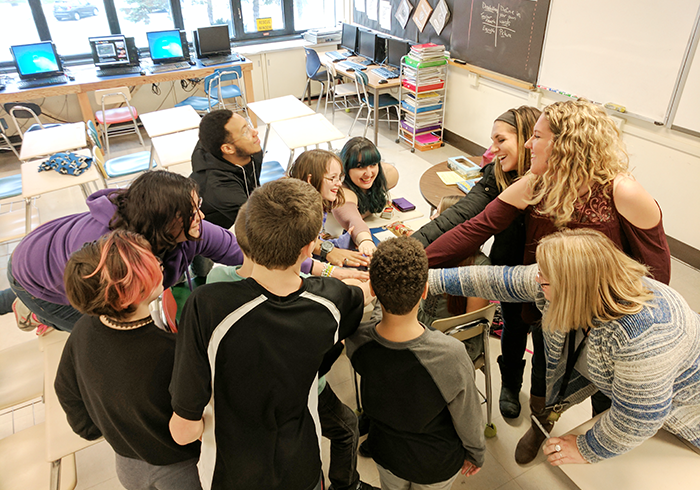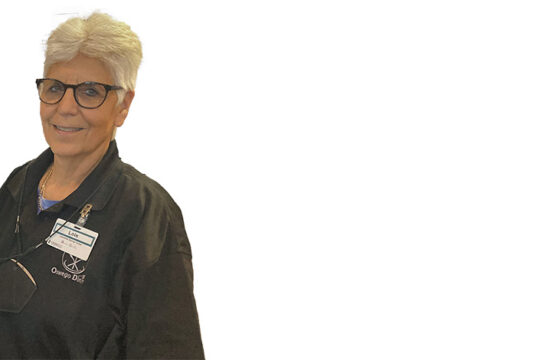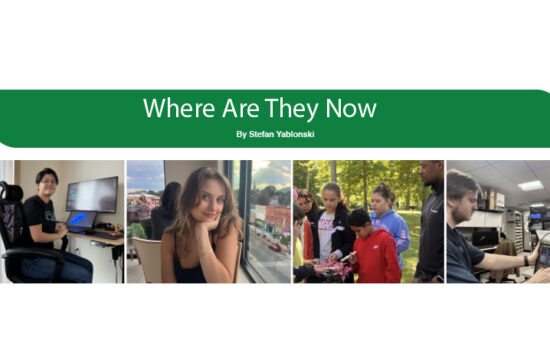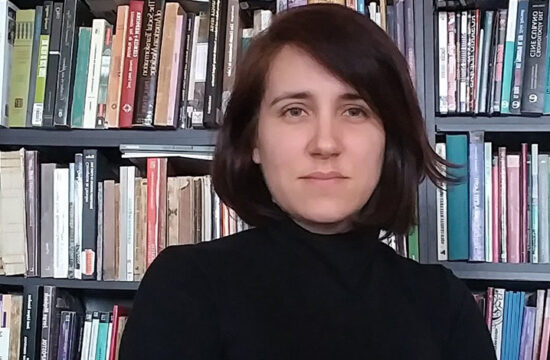Mentor-scholar program offers Oswego County youth and college students a chance to change each other’s lives. More than 100 SUNY Oswego students have participated
By Melissa Stefanec
In general we assume the people around us shared similar experiences as we did growing up. However, as we get older, we discover that is hardly the case.
We’ve come to realize everyone is raised differently and confronts different blessings and obstacles along the way. We begin to grasp that some people face a lot more obstacles than others. When confronted with this reality, some people shrug it off and keep moving. Others want to help wherever they can. They want to take their experiences and blessings and use them to change another person’s life and, in that process, reshape their own. These are the sort of people who become mentor-scholars at SUNY Oswego.
SUNY Oswego’s mentor-scholar program takes students from the college and pairs them with middle school and high school students at several schools throughout Oswego County. College students offer their mentorees academic and social support throughout the entire school year.
The fine print
The mentor-scholar program is led by Scott Ball, coordinator, and Andrew Buchmann, assistant coordinator. The program is part of SUNY Oswego’s Center for Instruction and Technical Innovation. It started in 2011 after a needs assessment conducted by the United Way of Greater Oswego County in 2010 identified a need for such a service.
According to Ball, the assessment identified that unstable family structures were leading to a poor view of education among families and children in some Oswego County households. This, in turn, was leading to poor graduation rates. Obstacles such as homelessness, hunger, divorce and drug abuse in some Oswego County households were having a very negative impact on children. The mentor-scholar program was started to help address the difficulties that arose from these issues while simultaneously giving SUNY Oswego students a chance to grow personally and professionally.
“It was the perfect synergy,” said Ball.
Since 2011, the program has taken off. During the 2016 to 2017 school year, the program put 138 mentors into Oswego County classrooms. There are five to 15 mentors at each school site, including at the Oswego Middle School, Oswego High School, Fulton Junior High School, Red Creek Middle School, Red Creek High School and CiTi (formerly BOCES).
What a mentor does
Mentors arrive onsite around 2:15 p.m. two days per week and gather in a room at the site. Each mentor is assigned to a team, and each team has a team lead. The mentor-to-student ratio is one to one. The team lead is someone who was a mentor the year before and is promoted to the role. Accompanying the mentors is a district personnel member. From 2:15 to 3 p.m. the mentor and mentoree focus on academics. From 3 to 3:20 p.m. everyone plays games, crafts, participates in spoken word activities or participates in a similar activity. From 3:20 to 3:45, the group does a closure activity. Then, the mentorees leave, and mentors do a round-up with district personnel.
Mentors do more than coach students through homework. They help students navigate other obstacles such as bullying and organization. Mentors work with students to see what is holding them back from becoming productive students. Each student has different obstacles and different strengths, and mentors work within those parameters to help students thrive.
“They talk about issues that occurred during the week and address them,” said Ball. “Some students might be gifted academically but not at organization. Some students might struggle behaviorally and socially.”
It’s the job of the mentor, and that mentor’s supporting team, to help each student address issues, define what success looks like and help each student achieve that version of success.
How to become a mentor-scholar
Anyone, regardless of class year, major or GPA can become a mentor-scholar.
Students who are interested in the program fill out an application. Ball and Buchmann review applicants and select students for interviews. If a student is selected, he or she is assigned to a site for an entire school year.
“We want individuals to have a big heart and who want to make an impact,” said Ball. “We have a lot of students that say they want to be a mentor because they had a mentor and want to give back.”
Transportation to a mentor’s assigned school can be coordinated; a student doesn’t need independent transportation to be part of the program. However, the student does have to be available to mentor during certain hours. One schedule operates on Mondays and Wednesdays, and the other operates on Tuesdays and Thursdays, to accommodate student’s schedules.
Mentors arrive at their assigned location around 2:15 and finish up around 4 p.m. two days a week for the entire school year. Because of the time commitment, mentors who participate in the program do get one course credit. Student mentors receive specialized training on becoming a productive mentor. They are also coached by their team leads, Ball and Buchmann and district personnel.
Meet a Student Mentor
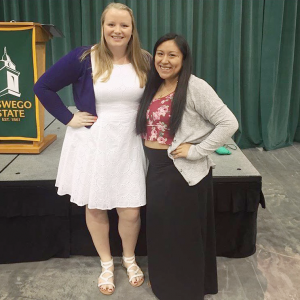
In the fall of 2014, Hannah O’Brien transferred to SUNY Oswego. She grew up in Marcellus, near Syracuse, and had what many people would consider a typical middle-class childhood.
When she transferred to SUNY Oswego, she wanted to meet people and get involved. She attended a campus involvement fair and learned about the mentor-scholar program there. She was quick to apply and become a mentor, and eventually a team lead at Oswego High School. In the fall 2017 semester, she will be the program’s first graduate assistant.
Her first mentoree was a student who was getting into trouble at school. He was having problems making connections with his peers. Throughout the course of a school year, O’Brien worked to develop his social skills and build his confidence. By the end of the year, she says he was making friends with everyone in the program and joking around. The mentor-mentoree did more than build confidence with peers, they also worked together to raise his grades. This student had a mentor pushing him and supporting him throughout the year.
“The students that have the most success academically are the ones that make connections with people,” said O’Brien. “His eyes would light up when he told me he got a B on a test.”
O’Brien said the program has helped her in many ways. First, she gained connections with students and faculty throughout the campus.
“It gives you instant and great connections with people on campus,” she said. “You can be in any major and find success and get something out of this program.”
Being a mentor gave her more than just professional skills and great resume fodder. She said she gained perspective. She realized not everyone has the same life experience. She and her fellow mentors work with students to lift the academic weight by making school a priority. She said when students work with their mentors to complete academic work, they are better suited to go home and face the challenges that await them there.


